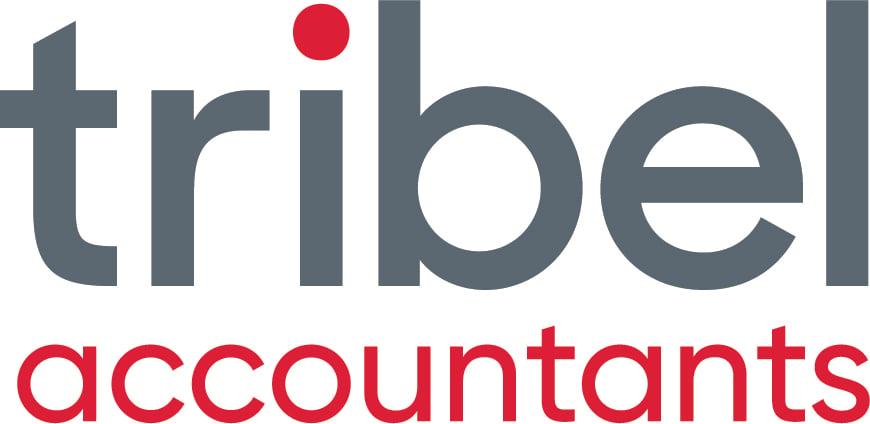INTRODUCTION:
The bank will generally understand that sometimes in small business you can have a strain on your cash. Like everything in life, sometimes the unexpected happens. It could be due to a machinery breakdown, loss of key employee through illness, drought, fire or flood.
They won't just lend you money of course willy nilly because you are short.
So what are the basic steps you and your small business accountant should be doing prior to approaching the bank?

Figure 1: Approaching the bank for more money should be done only after you have armed yourself with supporting documentation.
1. Work Out Why You Are Short
It makes sense but sometimes being short of cash flow is not just because sales are down. In fact it could be for a number of reasons such as:
- expansion meaning monies going out faster than coming in even though making a profit (particularly where your trading terms are more generous than your suppliers);
- too much debt or paying it off too quickly;
- taking too long to get paid;
- too much stock;
- margin squeezing or discounting of your sales to maintain market share;
- operational disruption (machinery breakdown etc).
The key here is to compare your actuals to what you budgeted for on a montly basis to your three way budget. This should give you some good clues as to why cash flow is struggling.
2. Work Out How Much You Are Short
If you redo your three way budget including your cash flow forecasts given the new situation, work out how much money you are going to need and when you are going to run out.
3. Work Out How To Fix The Problem
Having identified what issues are causing the root problem, come up with strategies to improve your cash flow. You may just find that you won't need as much money as you thought but it's generally better to be conservative. If you borrow more than you need, you can always pay it back early but beware of any break costs that may be applicable.
Write down how and when you will address each issue that is causing you liquidity problems.

Figure 2: Working out why it is happening and how it will be repaired.
4. Work Out Projected Cash Flows
A second three way budget should now be formulated taking into account the actions you will taking to fix the problem. Put these adjustments into your budgets within your accounting system. Again it would be a good idea to get your small business accountants Sydney to assist you with this to make sure it all makes sense. Speaking to somebody who has extensive experience with three way budgets might be in order also.
5. Work Out How You Will Monitor
Have a plan to meet with your small business accountant Sydney at least monthly until you are confident you are back on track.
6. Work Out A Communication Plan
You should now be in a position to put together a plan to go and see your bank manager and have back up to show exactly:
- how much you need;
- why you need it;
- what you are doing about it to stop it from happening again;
- how you will be able to pay it back;
- how you will keep an eye on it.
CONCLUSION:
Following the above simple steps might not always get you the funds you require to get over your hurdle. However, not only is it a great exercise to help you get back on track, but also it will give you a solid case that will give the bank a much better chance of lending you the money!
If you are fortunate to have good cash flow at the moment, why not assume that it is bad and go through some of the points in this blog anyway?
Taking action when times are good means it will be much easier to handle tough times in the future so you may not need to go to a bank in any case!


.png?width=100&height=100&name=COVID_Safe_Badge_Digital%20(002).png)




